The slow death of Peranakan cuisine? Or is authenticity overrated?
Some lament that ‘true’ Nyonya cooking is losing ground to bastardised modern versions - but is authenticity over-rated? Part 1 of the Great Peranakan Identity Debate
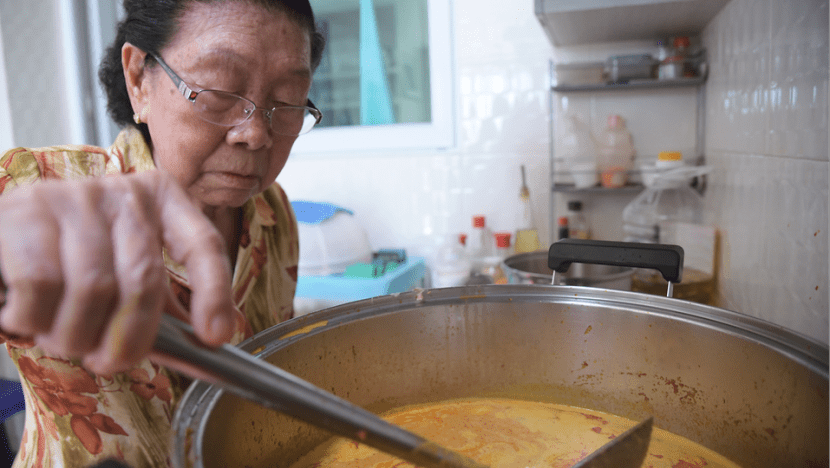
Mrs June Gan makes her signature Nyonya laksa broth.
SINGAPORE: When it comes to Peranakan food, Mrs June Gan, 86, is very particular about the way it is prepared - the result of years spent toiling in her family’s kitchen, under the stern watch of the older ladies of the house who taught her the Nyonya way of cooking.
Her kitchen today is indicative of that - in one corner is a three-tiered shelf of essential spices: Onions and garlic, fresh and dried chilies, lemongrass and turmeric. In another corner, an assortment of pestles and mortars used to pound these spices into a paste, what the Peranakans call the rempah.
Except that these days, Mrs Gan prefers not to use that age-old method. Instead, she opts for the more efficient electric grinder.
“Now, if I don’t have my grinder, I can’t cook!” she says as she throws in the spices for her Nyonya laksa paste.
WATCH: Mrs Gan’s Nyonya laksa recipe (2:16)
It’s a shortcut that the more traditional parties deem blasphemous to Peranakan cuisine, but that most modern-day cooks argue makes little or no difference to the outcome of the dish, especially not to its taste.
Mrs Gan, having cooked the traditional way most of her life, notes the difference: “When you tumbuk (pound), it’s all dry. But when you use the grinder, a lot of juice comes out. So watery how? You can’t make sambal chili, sambal chilli has to be dry!”
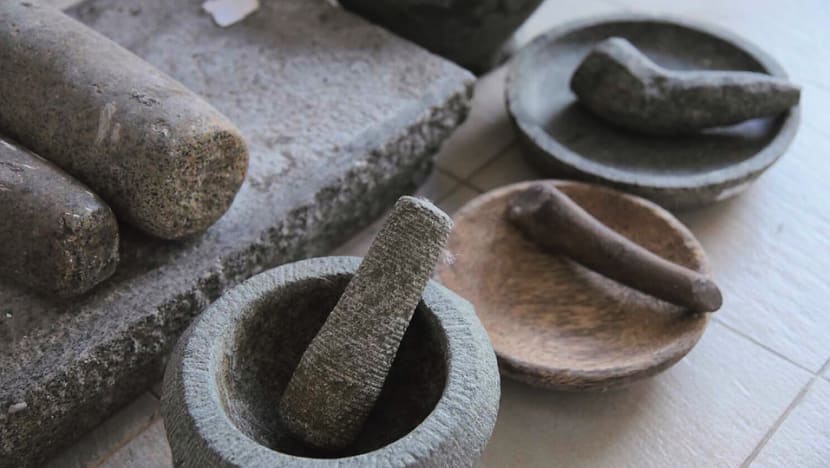
As her grinder comes to a halt, she scoops out an orangey paste, checking its consistency and picking out bits that escaped the machine’s blades.
“The grinder is not so good, but still can eat la!” she says.
IS MUM’S RECIPE THE ONE TRUE WAY?
This debate is just one of the many that surround Peranakan cooking today - talk to any Peranakan family about food, and you would probably end up getting a an ear-full about how Peranakan food should be made.
This is especially so for Mrs Lilian Wong, Mrs Gan’s daughter.
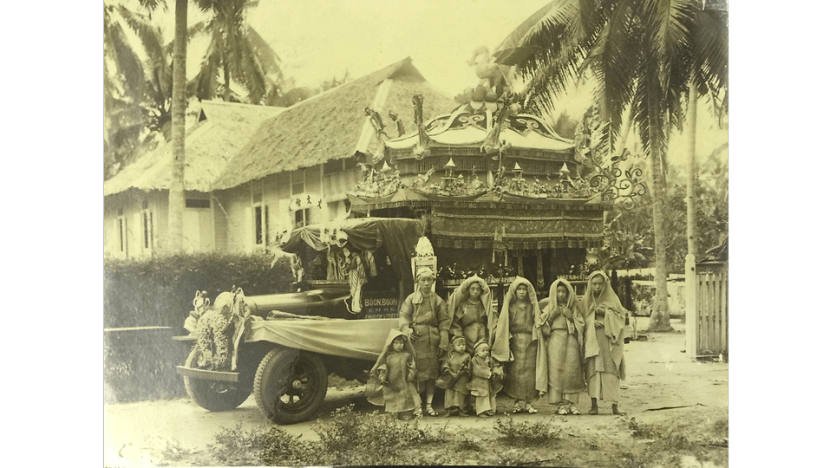
Having been brought up in a house in Kampong Tanjong (now Sims Avenue) in the late 1960s, when the women wore kebayas and everyone spoke Baba Malay, Mrs Wong identifies very strongly with Peranakan culture - especially when it comes to food.
She recalls what mealtimes were like. “There was a central kitchen, and preparation would begin early in the morning,” she says. Cooking for more than 20 people meant that all the aunties and older female cousins got involved.
Dishes like ikan chuan chuan, sambal udang and itek tim would be spread out on a long table - a tok panjang. “It was the most delicious food and everyone would just come and eat,” she says.

Spoiled by such elaborate meals, she admits she’s guilty of food snobbery too: “I've been to other Peranakan homes and restaurants and I go ‘ugh this isn't what it's supposed to be’.”
She’s not the only one who’s finicky about her food - you can never please a Peranakan because recipes vary from family to family, which poses a conundrum over what’s “most authentic”.
Take these dishes for example - Babi Chin and Babi Pongteh are almost-similar dishes of belly pork stewed in a fermented soya bean paste; it’s just that one calls for spices like coriander powder and cinnamon sticks, while the other doesn’t.
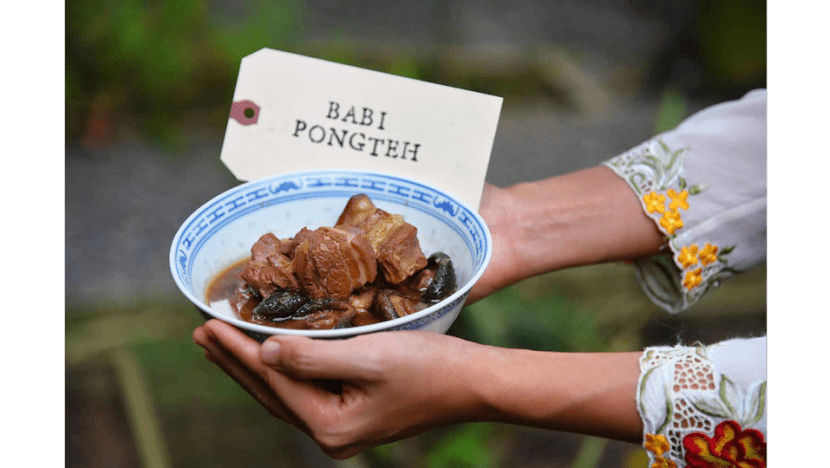
But do a quick search on the internet and you’ll find heated arguments among food bloggers about which dish has the additional spices. And the debate extends to two notable Singaporean cookbooks too - according to Mrs Lee’s Cookbook, Babi Chin does not have coriander powder, but her sister Mrs Leong’s recipe calls for it.
Peranakan restaurants in Singapore especially don’t get off easy - when mum’s cooking is always the basis of comparison, any deviation from what is familiar is usually met with strong backlash.
Violet Oon’s National Kitchen has come under fire by purists for using traditional ingredients in nonconventional ways, such as the use of buah keluak - traditionally pounded and stewed with chicken - as a sauce served up with spaghetti.
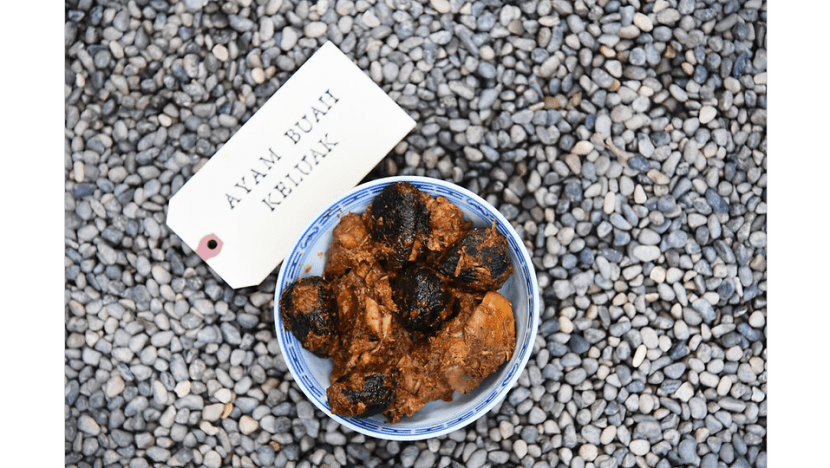
Mr Winston Tan, owner of Peranakan restaurant Baba Wins’ Peranakan Cuisine, says: “To me, that has crossed the line. It’s not authentic because Peranakan cuisine doesn't have spaghetti!”
“I am all for improvements to existing traditional recipes, but when you don’t quite see the flavours of the original, that’s not creativity - that’s fusion,” he adds.
THE PERANAKANS’ BORROWED CULTURE
Not everyone, however, feels the need to set boundaries to what the cuisine should and should not be.
In fact, Mr Peter Lee, an author and expert on the evolution of Peranakan culture, points out that Peranakan cuisine itself came about as a result of adaptations from many other cuisines.
He explains: “What we understand as Peranakan cooking is not always unique to the Peranakan community. A lot of these recipes were found in kitchens of members of other communities as well.”
The same could be said for their culture too - since the Peranakans were, after all, Chinese immigrants who adopted the culture of the Malay archipelago.
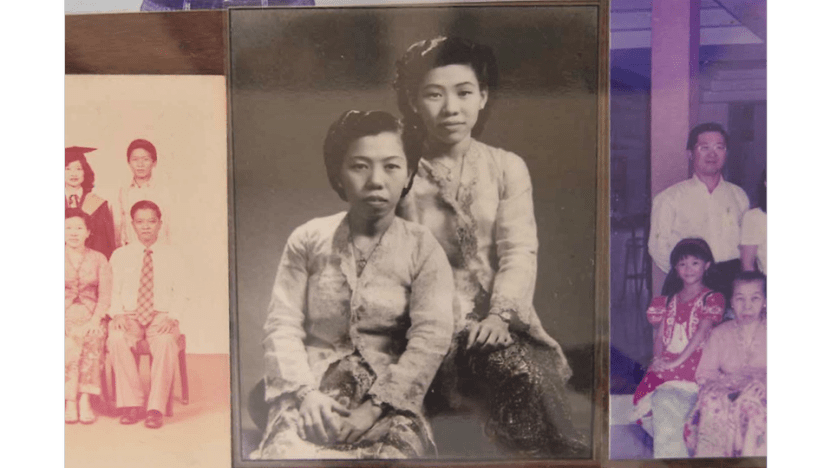
They spoke a mixture of their own Chinese dialects and Malay (the lingua franca of the time), giving rise to Baba Malay. Similarly, they took the kebaya and added Chinese motifs like phoenixes and peonies, resulting in the Nyonya kebaya.
“In those days, people just arrived and nobody thought of what they had to be. They don't say ‘okay today I am going to try to be Peranakan’. Everything was mixed up in this hybrid cultural form of the Indies colonial towns,” says Mr Lee.
It was a shared cosmopolitan culture, he says, that was enjoyed by Eurasians and Indians alike: “People did not have this sense of having fixed identities - they were much more fluid in how they expressed themselves.”

So by the 19th century, all this social interaction led to a “copycat behavior” in terms of the way people dressed and the food people cooked.
But later on, “many of these recipes fell out of fashion among members of the other communities, and today, by default they are called Peranakan,” says Mr Lee.
Indeed, many Peranakan curries and rendangs are also found in Malay recipes, while dishes like stewed pig’s trotters and deep fried ngoh hiang are also typical to Chinese cuisine. “Maybe Peranakans have kept the fire burning for a lot of these ways of doing things which would have been lost, and now other people are rediscovering it,” he said.
THE PARADOX OF (IN)CONSISTENCY
Despite this fluid history, it’s a common insistence that family recipes be done “how it’s always been done”. Yet at the same time, rarely are recipes written down, so it leads to lively disputes in the kitchen.
Back in the kitchen, Mrs Gan has spent hours preparing and frying her rempah to a fragrant paste. She adds a tub of freshly-squeezed coconut milk and a rich prawn stock to form her signature Nyonya laksa gravy.
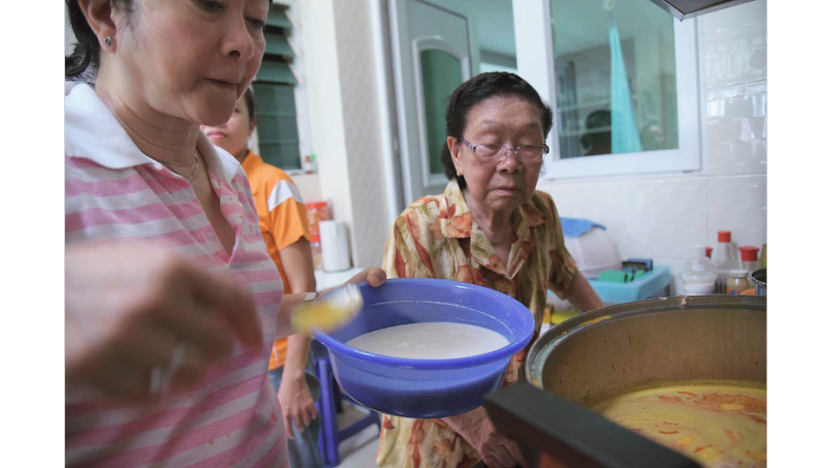
It’s a family recipe that, for her, holds a story with a deeper meaning: “During the Japanese Occupation, my father had no money. No job, no money, how to feed so many children? My mother said ‘Okay. We sell mee siam. We sell laksa’.”
“She would say lu tumbuk ini, lu tumbuk ini (Baba Malay for ‘pound this, and that’), that's how we learned. Then my two brothers would go and get baskets and take the bundled packets to town to sell,” says Mrs Gan.
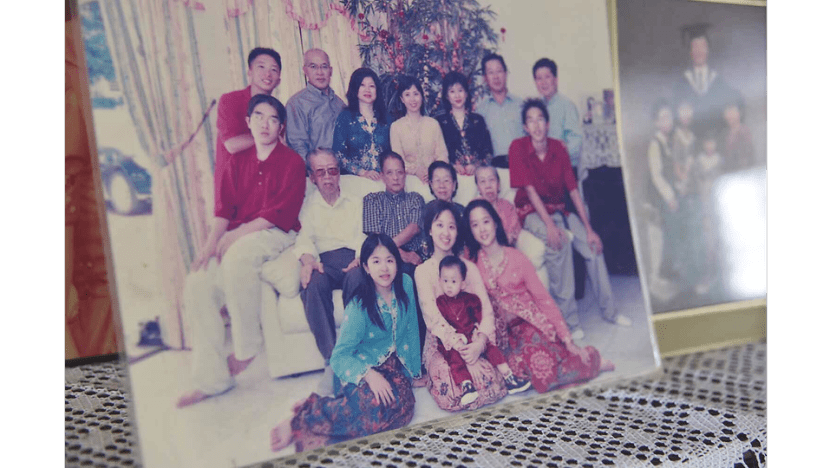
Perhaps it is nostalgic factors like these that make people guard their family recipes like sacred scripture - following a list of commands handed down the generations that should never be reinterpreted or adapted.
Yet, even as recipes are passed on, variations continue to emerge. Upon tasting the gravy, Mrs Gan and Mrs Wong start bickering about how much coconut milk to add.
“You can never get a precise recipe from any Peranakan lady and I think that’s one of the difficulties (in maintaining consistency),” says Mrs Wong.
“They will always say ‘one handful of this, another handful of that’. It’s always agak-agak (estimate)!”
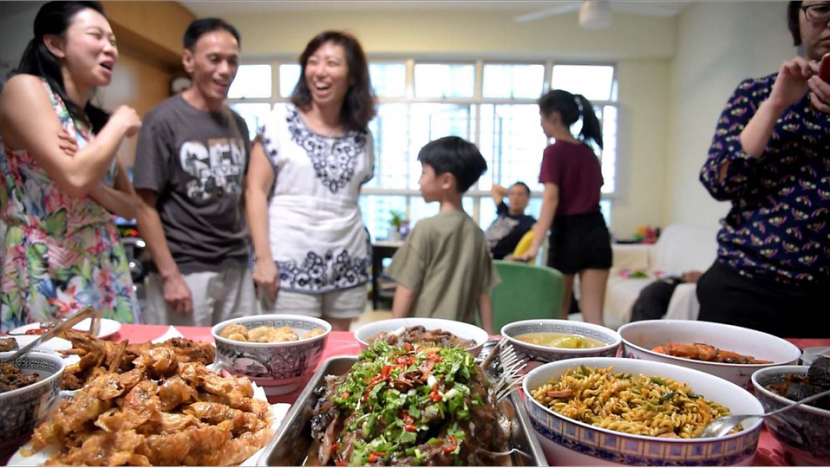
That was exactly the situation Mr Danny Tan, 62, and his family found themselves in when their mother, the head chef, passed away without leaving any recorded recipes to her children.
Ironically, it was only then that the Tan siblings started to get interested in cooking, so most of their family recipes were formed out of trial and error - which leaves things very much open to interpretation.
“I miss my mother’s belimbing with prawns. My sisters tried to make it, but they just can’t replicate flavour,” Mr Tan says.
WATCH: The Tan siblings’ family dinner (1:47)
And with a wealth of cooking tips being shared on the internet, now more than ever, people are free to interpret recipes however they please.
Says Mr Lee, “Why does it matter what elements different people want to get inspired by? It's wonderful. It's a good opportunity to express that we have a shared heritage in Southeast Asia.”
"I feel the community has been too obsessed with a false sense that there is such a thing as a pure Peranakan. Quite often we are forced to come up with three or four things that define us, and quite often there isn't one,” he adds.
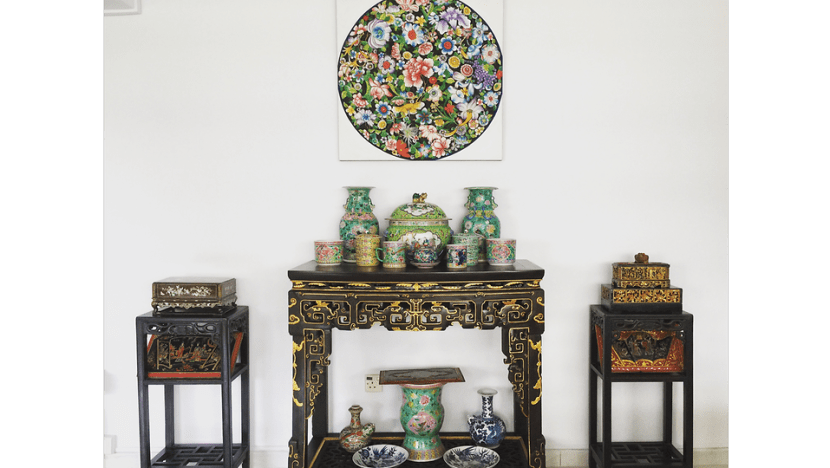
It’s progressive thinking, but don’t we, at some point, have to toe the line between what is and is not representative of a certain culture? What then would set one culture apart from another
Professor Lily Kong, Lee Kong Chian Chair Professor of Social Sciences at the Singapore Management University, says: “it is unrealistic to expect that there can be no change in any culture – but when (cultures) morph too quickly, the effect can be jarring to some parts of a community who recall the halcyon days.”
She adds: “It can help when the food is explicitly acknowledged as fusion - it signals to people that the restaurant recognises the evolution and creative licence taken, as opposed to claiming a singular authenticity.”
MAMA’S LAKSA STILL THE BEST
But for now, tradition tastes best in Mrs Gan’s household.
She serves up her laksa to each family member, making sure that extra love is put into assembling each bowl. More fishcake for one grandchild, no cockles for another.
“My grandchildren say, Mama’s laksa is still the best,” Mrs Gan says with a cheeky smile.
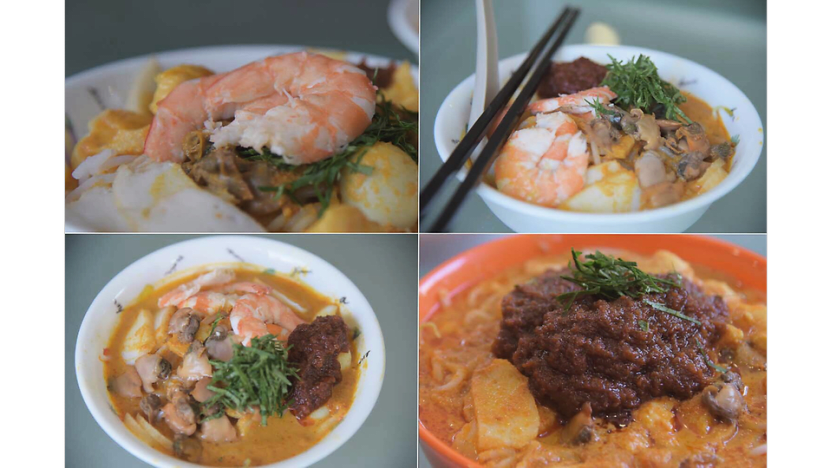
Surely, food will always be the common factor that ties members of the same community together.
As Prof Kong put it: “Our tastes are cultivated from young by our mothers’ cooking” – and that is likely the reason why nothing will ever be as good as home-cooked food.
“I think it's inevitable that the culture will erode. But one thing I really hope that will be passed down and never be lost is our Peranakan food - so much of our lives revolve around it,” says Mrs Wong.
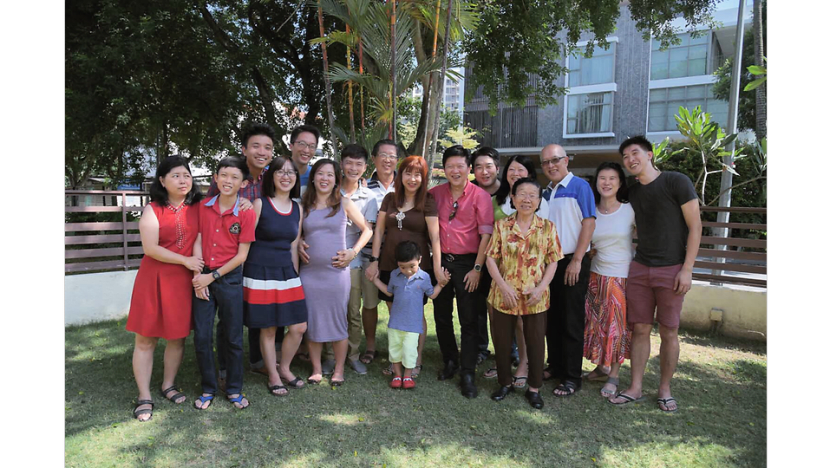
With four generations of the family present, the dining room fills up with boisterous chatter. In a mixture of Baba Malay and English, they joke about the old times, while Mrs Gan watches, with satisfaction, as they all slurp up the rich creamy noodle broth.
Perhaps it is these, the secret ingredients, that go into making a true blue Peranakan feast.
This is the first part in our two-parter on Peranakans in the modern age. Coming up: The culture is evolving, but have Peranakan households become barely distinguishable from other Chinese families in Singapore?
Watch: How to prepare buah keluak, and a chat-cum-cooking session on Facebook Live (59:00)















